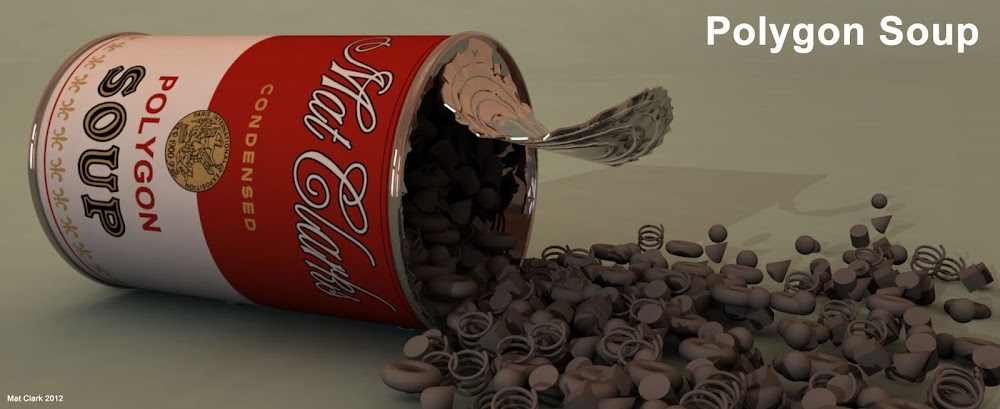The new toy I mentioned is a "Lens Turbo" from Zhongyi, not one of the best known manufacturers of camera optics in the world but hey, they had a neat idea and got to market with a competitive product that caught my eye.
The Lens Turbo is an adapter that converts the e-mount fitting on my NEX 5N to M42 thread mount which means that I can attach old, well built, manual m42 lenses to my camera body and reap the benefits of using quality glass at a fraction of the cost.
Now, I've been using various adapters for my 5N since I got the body but the difference with the Lens Turbo is that it is not a simple tube like my other "dumb" adapters but has it's own optics which lessens the crop factor of the sensor in the camera.
OK, so I should probably explain crop factor now.......
Most lenses are built with 35mm film in mind, this means that the light is focussed down to the approximate area of a frame of 35mm film or a full frame sensor in a digital camera (36 x 24mm). So if you're using the lens on a camera with a smaller than full frame sensor it will result in the image being cropped because only the light that hits the sensor is processed.
The image above illustrates crop factor nicely. The blue rectangle is equivalent to the size a full frame sensor or 35mm film and the black rectangle is equivalent to the APS-C sensor in my NEX 5N, which has an approximate crop of 1.5 meaning that a full frame sensor is about one and a half times it's size.
The white area represents the light that is cast by any lens and the grey area represents the light which is processed by my crop sensor for that lens. It's easy to deduce from the image that the field of view has been drastically reduced and that, while it would be possible to get the same field of view by taking a picture from a position further back, the depth of field in the shot would be affected as the lens would need to be refocussed.
The Lens Turbo refocusses the light from any attached lens onto the area of the APS-C sensor in my camera reducing the crop factor to a negligible amount. In some tests in which I compared a 50mm lens on one of the full frame Canon 5D mkIII's at work against my 50mm Super Takumar with the Lens Turbo the crop factor was reduced to approximately 1.08 which is a significant step up from the original 1.5.
The two images in this GIF were shot in my local park from the same spot on a tripod, and using the same 50mm lens. One with the dumb adapter and the other with the Lens Turbo, I scaled the dumb adapter image down to better illustrate the crop.......
The images were shot in wide screen format as I usually use my camera for video work and forgot to change the settings but as this is simply a demonstration of the adjusted field of view that the Lens Turbo offers, and not an entry in a photography competition I figured it would be ok in this case.
Another benefit of the Lens Turbo is that because more light is focussed onto the sensor the aperture is effectively reduced by nearly a whole stop so my 1:1.4 50mm Super Takumar is opened up to about 1:0.4 which means that I can use faster film speeds in lower light and reduce noise on the image.
So far, I've been really impressed by the Lens Turbo. I think that a professional photographer or film maker would be less happy with images that have been taken using one of these adapters but as I am neither I am more than happy with the results and it would cost much more than the price of my camera body and the Lens Turbo to buy even an old full frame sensor body.




No comments:
Post a Comment